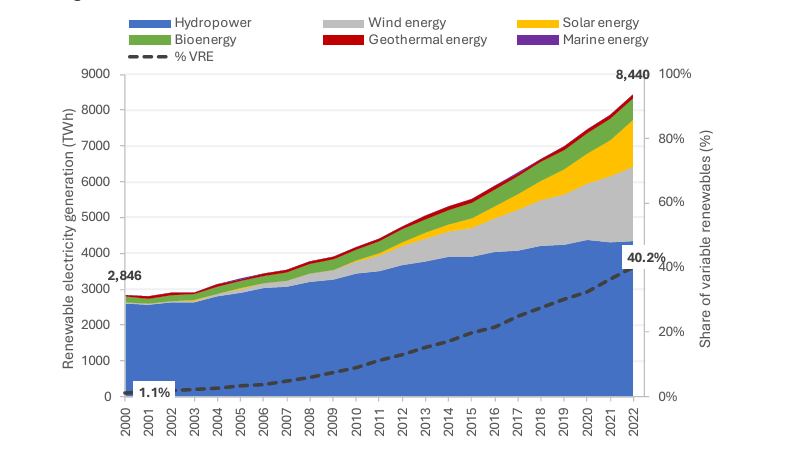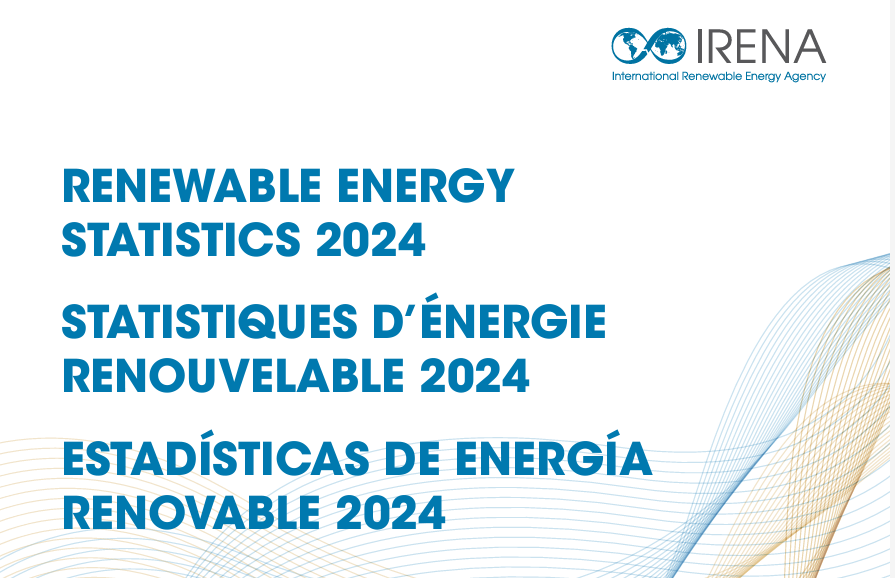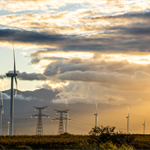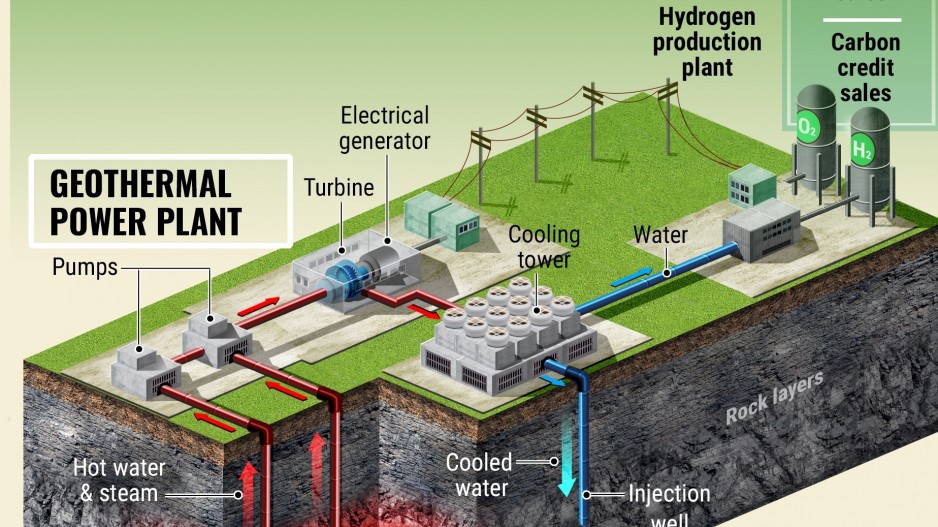2024 RE statistics highlight lagging growth of geothermal for electricity
Energy Disrupter
The 2024 Renewable Energy Statistics published by IRENA highlight the small growth of geothermal electricity generation and potential in the heating market.
The growth of the global geothermal power sector continues to lag behind other renewable energies, but there is still plenty of untapped potential for geothermal to contribute to the commercial heat market. This is some of the many insights from the Renewable Energy Statistics 2024 report published by the International Renewable Energy Agency.
The full report provides datasets on power generation capacity for 2014-2023, actual power generation for 2014-2022, and renewable energy balance for over 150 countries and areas for 2021-2022.
Solar and wind continue to drive renewable electricity growth
The total electricity generation in 2022 is 29,031 TWh, representing 2.4% annual growth since 2011. Renewable energy sources accounted for 29.1% of global electricity generation in 2022, with the balance supplied by fossil fuels, nuclear energy, pumped storage, and other non-renewables. From 2021 to 2022, renewable electricity by 7.2%.

From 2010 to 2022, the growth of renewable electricity was mostly driven by solar and wind energy. The two sources, classified as variable renewables, contributed 11.7% of the global electricity mix in 2022 and grow by 18.2% from 2021. Wind and solar contributed 2098 TWh and 1294 TWh of electricity generation in 2022, respectively.
In contrast, the electricity generation from geothermal resources is at a relatively low figure of 97 TWh. This represents 2.3% growth from the previous year and an average annual increase rate of 2.5% since 2014. Asia (30227 GWh) continues to play a major role in geothermal electricity generation mainly by the contributions of Indonesia (16677 GWh) and the Philippines (10425 GWh). Other major contributors at the country level are the United States (19142 GWh), Turkiye (11119 GWh), New Zealand (8544 GWh), Kenya (5325 GWh), Iceland (5916 GWh), Italy (5837 GWh), and Mexico (4536 GWh).
Heat generation
Compared to electricity generation, the market for commercial heat generation typically lags in terms of renewable energy penetration. In 2022, only 6.3% of the global heat generation came from renewable sources, at 936 PJ. The remaining 93.7% was generated from fossil fuels, with a small contribution from nuclear and other non-renewables.
Within the renewable heat generation sector, bioenergy is still the dominant energy source with 91.6% contribution in 2022. Europe contributes more than 92% of the global renewable heat generation. Asia generated a huge amount of heat (6351 PJ) in 2022, but less than 1% of this generation came from renewable sources.
Geothermal is described as an “other significant source” of renewable heat generation along with solar thermal energy. However, commercial heat is considered a highly viable market for geothermal development as it can exploit relatively lower-temperature resources that are generally more accessible. Efforts are ongoing on this front, such the GeoHeat initiative in New Zealand and the various geothermal heating schemes in Europe and North America.
Towards tripling the capacity of renewables
The 473 GW of renewable capacity added in 2023 is the largest annual growth since 2000. However, the 14% increase is still considered insufficient to meet the goal of tripling renewable capacity by 2030. Maintaining this growth would yield only 9.7 TW of renewables by 2030, falling short of the 11 TW goal.
IRENA had previously declared a growth rate of 16.1% per year from 2022 to 2030 will be needed to reach the triple up goals. With 2023 having already fallen short of the target, renewable energy capacity must now grow beyond the minimum 16.1% per year for the remaining 7 years.
Source: IRENA

















